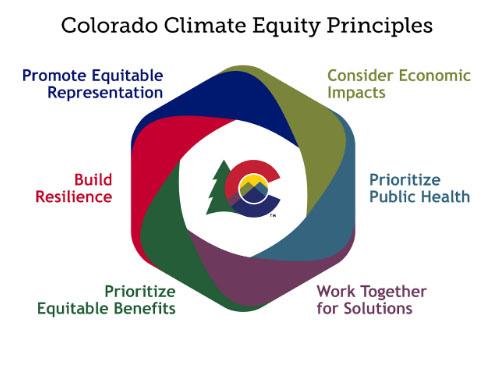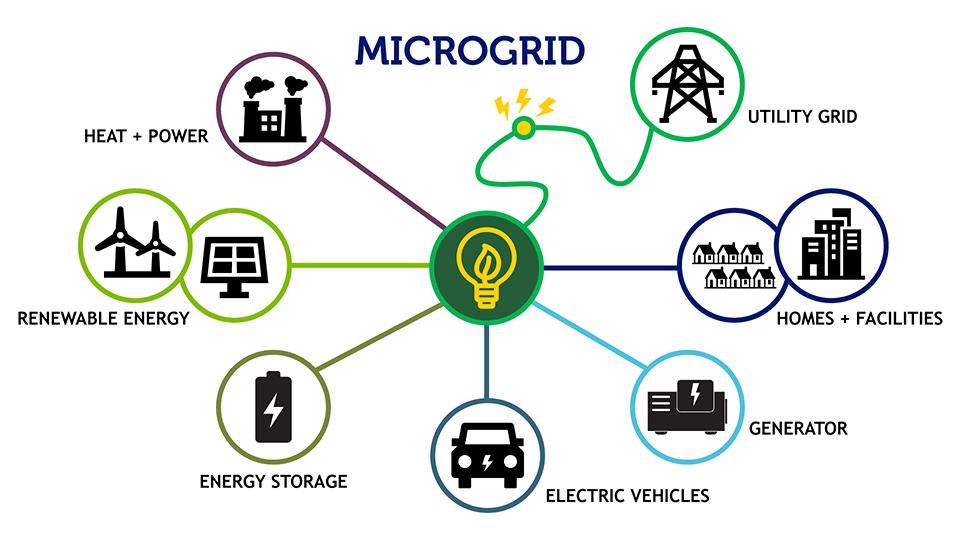Mitigation: Electricity Generation
Climate Goals - Mitigation: Electricity Generation
Electricity generation is one of the top five sources of Colorado’s Greenhouse Gas (GHG) emissions. Colorado utility costs are also below the national average. Under the leadership of Governor Jared Polis, Colorado has set a bold goal to achieve 100% clean energy by 2040. Making this transition in our electricity sector will help protect the health of our communities, create good paying jobs, combat climate change, and strengthen our economy while keeping rates low for customers.
Colorado ranks first in the nation in clean energy technology research and fourth in the nation in cleantech job concentration, according to the Colorado Cleantech Industry Association.
State of Colorado Electricity Generation – Goals & Actions
To transition to clean energy, Colorado’s existing energy providers will need to convert to new electricity sources. We also need to establish new energy sources that can provide a consistent supply of electricity across the state. This means working with the utility sector to transition away from coal-fired power and investing in promising new technologies.
Key Priorities
Colorado’s utility sector is composed of 54 electric utilities. While Colorado has been transitioning from coal-fired power to lower cost clean energy, electricity generation from these utilities continues to be a leading source of greenhouse gas emissions. Colorado’s Public Utilities Commission is working with the state’s largest providers to facilitate a rapid transition to renewable energy across the state.
Investor-owned utilities, such as Xcel Energy and Black Hills Energy, own and operate the largest coal- and gas-fired power plants in Colorado. The state requires these investor-owned utilities to adopt plans to reduce greenhouse gas emissions by at least 80% by 2030, using a 2005 baseline. Other providers have submitted clean energy plans to meet or exceed the same goal.
Key features of these plans include:
- Closing all of Colorado’s coal-fired power plants by no later than January 1, 2031.
- Adding thousands of megawatts of new wind/solar generation, and battery storage, which will allow the utilities to retain reliable service and also cut pollution and climate-damaging greenhouse gases.
Microgrids are small-scale power systems that generate and distribute electricity locally. While they can connect to a larger grid system, microgrids are designed to function independently, which lowers the risk of power outages in other parts of the larger system from interruptions. When microgrids are grid-connected, they can help supply clean electricity to the larger system to meet demand across the utility’s region. The state is investing in local communities, especially in rural areas, to help develop capacity and build microgrids that ensure reliable access to clean electricity across the state.
In order to meet Colorado’s clean energy goals, the state recognizes it must substantially expand and upgrade the existing transmission grid to help bring new clean energy technologies to Colorado homes and businesses. With key resources in wind and solar located far from population centers where energy demand is higher, expanding the electricity grid across Colorado is essential. In addition, Colorado and state-based utilities are looking to partner with neighboring states to build a more interconnected grid.
In order to meet Colorado’s clean energy goals, the state recognizes it must substantially expand and upgrade the existing transmission grid to help bring new clean energy technologies to Colorado homes and businesses. With key resources in wind and solar located far from population centers where energy demand is higher, expanding the electricity grid across Colorado is essential. In addition, Colorado and state-based utilities are looking to partner with neighboring states to build a more interconnected grid.


